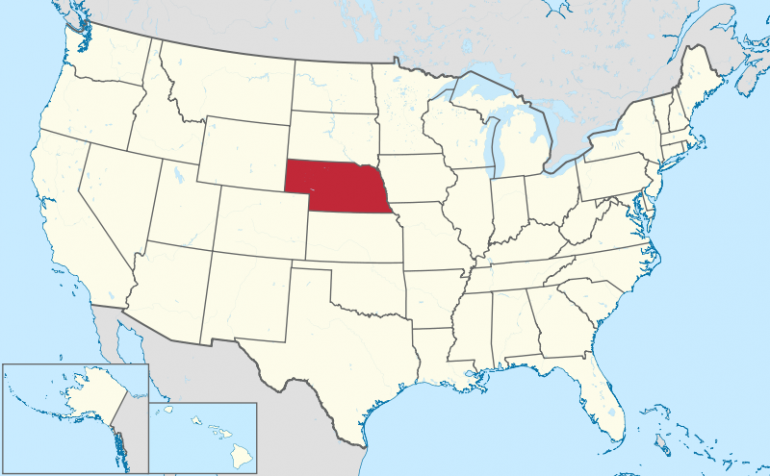In Nebraska, no well-documented cases of locally acquired Lyme disease were found until 2019, when two cases were reported most likely acquired in eastern Nebraska. Additionally, in 2021, two cases were reported from northeastern Nebraska. Tick-borne diseases other than Lyme disease are endemic to Nebraska.
Four counties have documented black legged ticks (Ixodes Scapularis) and some sampled black legged ticks were found in 2021 to carry borrelia burgdorferi, the bacteria that causes Lyme disease.
Unfortunately, the CDC and other health organizations have noticed that misinformation spread on the Internet has led to people believing they have Lyme disease, when something else is causing their problems.
One study noticed inaccurate information being spread by seemingly authoritative pseudoscience groups with “Lyme” in their names, like LymeDisease.org and ILADS.
In 2016, prior to the discovery of several Lyme cases and B. Burgdorferi carrying ticks, state epidemiologists Thomas J. Safranek, M.D. and Jeff Hamik, M.S. put out an Advisory about tick-borne diseases in Nebraska, which included the following statement about Lyme disease:
Lyme disease, caused by a spirochete called Borrelia burgdorferi, is now the most prevalent tick-borne disease in the United States. This organism is transmitted by the tick Ixodes scapularis which is not established in Nebraska. This fact makes any diagnosis of Nebraska-acquired Lyme disease caused by B. burgdorferi highly suspect. Lyme disease is highly regional in the United States (CDC Maps).
As a result of a long-established rule for assigning reportable diseases to the patient’s state of residence, some confusion regarding the distribution of Lyme disease exists: persons who have had out-of-state exposure to ticks in highly endemic areas are reported by states where classic Lyme disease is not thought to occur natively. The situation in Nebraska is a classic example: in 2009 we reported four such cases to the national reportable disease system at the CDC. All had out-of-state exposure.
Further confusion exists regarding the endemic acquisition of Lyme disease in Nebraska because of technical issues with the diagnostic tests. Two laboratory diagnostic approaches are used to confirm the diagnosis of Lyme disease: serologic tests looking for antibody to B. burgdorferi, and tissue culture or other molecular detection methods. There has never been a tissue culture or other molecular/antigenic confirmation of B. burgdorferi in a person suspected of indigenous acquisition of Lyme disease in Nebraska. However, every year Nebraska’s state and local public health agencies receive reports of Nebraskans whose serologic test for Lyme disease is reported as positive. While some of these persons reported a tick-borne exposure in regions of the country where classic Lyme disease is clearly established and likely represent true cases of Lyme disease, many of these persons have never left Nebraska. The positive Lyme disease serology in this latter group of patients is likely explained by a lack of specificity of the laboratory tests. These are likely false-positive tests. They may reflect underlying medical conditions such as rheumatoid arthritis, or prior exposure to other spirochetal organisms similar to B. burgdorferi that lead to a cross reaction with the lyme serologic test (e.g., Leptospira species , treponemal species, or Borrelia species other than B. burgdorferi).
Serologic testing for Lyme disease requires a two-step process consisting of an ELISA which if positive should be followed by a Western blot. The tests may be performed using the same blood sample. The Western blot should include both an IgG and IgM assay. Positive serologic evidence requires both the ELISA and Western blot to be positive. This testing algorithm optimizes sensitivity and specificity in untreated patients tested two to three weeks following exposure. IgM positivity is transient, and if present greater than four weeks following exposure is likely to be a false-positive. The extent to which current serologic tests may cross-react with Borrelia species other than B. burgdorferi is not established.
See also:
Hamik J. Detection of Borrelia burgdorferi infected Ixodes scapularis (Acari: Ixodidae) associated with local Lyme disease transmission in Nebraska, USA, 2021. Zoonoses and Public Health. 2023.

Updated February 16, 2023